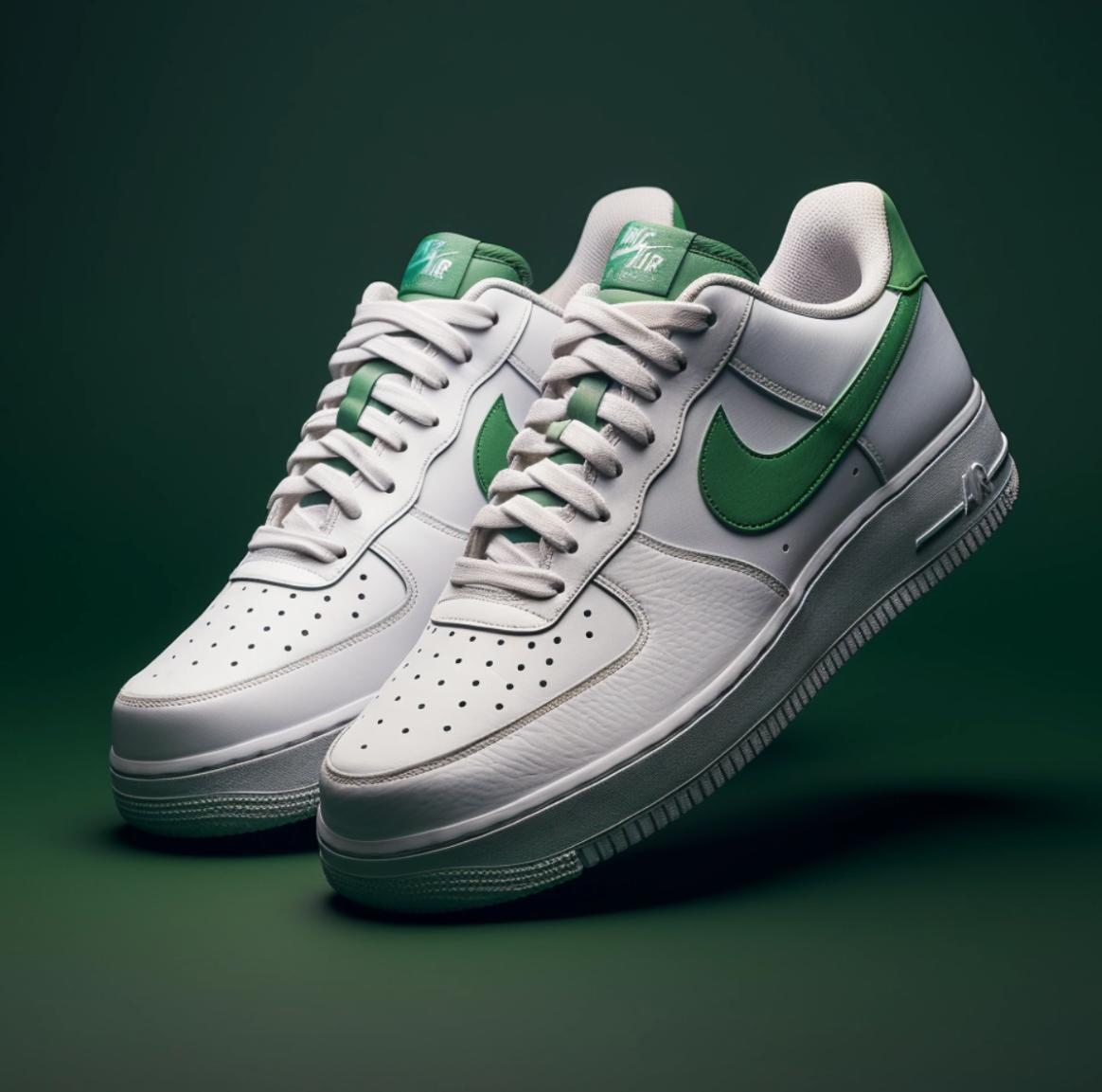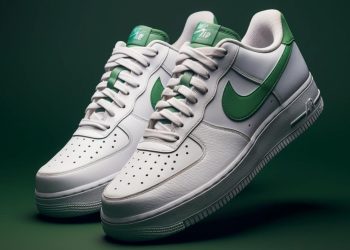IB Business Management
Unit 5.8 R&D (HL)

What is research and development?


Research and Development (R&D) is a key aspect of business strategy covering innovation and product improvement. Business employ R&D to stay competitive and meet changing consumer needs.
Apple, a technology giant, invests almost $30bn (30% of their yearly revenue) into R&D. The payoff is cutting edge phones and technology and a constant stream of excited customers.
Pharmaceutical company Pfizer is another example, allocating almost 10% of revenue to R&D! This investment in innovation enhances their product portfolio and maintains a strong market position and helps keep competitors out!
Whilst opinions differ on which is the most elegant or beautiful Ferrari above, without R&D, you don’t get far beyond the original silver model!
R&D helps companies keep travelling on the growth and maturity phase of the product life cycle (top left diagram) and hopefully avoiding the deadly decline phase (in grey)!
#1 Research and development (R&D): Patagonia



#1 Research and development (R&D) - Patagonia
Patagonia, renowned for its commitment to sustainability, employs incremental innovation to create environmentally conscious products. Patagonia focuses on refining existing processes and materials to reduce ecological impact. Through continuous improvement, Patagonia introduces incremental changes in product design, materials sourcing, and manufacturing methods. For instance, Patagonia explores innovative eco-friendly fabrics and sustainable production techniques. This approach ensures that each product change aligns with the brand’s environmental ethos. By incorporating incremental innovations, Patagonia not only minimizes its ecological footprint but also sets industry standards for sustainable practices. This strategic use of incremental innovation allows Patagonia to stay at the forefront of environmentally responsible business practices and build brand image.
In terms of the supply chain, Patagonia integrates sustainability by rigorously assessing and improving each stage. From time to time, Patagonia has been the victim of negative press due to supply chain problems! However, they always come back fighting, take the opportunity to do even better! The end result is that the media helps them discover sustainable problems that Patagonia can then fix!
Through initiatives like the “Worn Wear” program, encouraging product lifespan, and repairing, Patagonia ensures a circular economy. This approach not only aligns with their values but also reinforces their position in the market as a leader in sustainable business practices.
QUESTIONS FROM: #1 Research and development (R&D) - Patagonia
- Justify the statement from the case that Patagonia use incremental innovation [2]
- Justify whether you consider Patagonia to be a market orientated or product orientated business [4]
- Explain two ways in which Patagonia gains benefit from research and development(R&D) [4]
- Analyse how Patagonia can use research and development to enhance their performance as a profit seeking business [6]
# 2 Research and development (R&D) - Spotify
Founded in 2006, Spotify has emerged as a global leader in the music streaming industry. At the heart of Spotify’s success lies its disruptive business model.
Spotify’s disruptive innovation was evident in its introduction of a subscription-based model. In a music industry dominated by physical sales and digital downloads, Spotify offered users access to an extensive library of music through a monthly subscription, breaking away from the conventional model of purchasing individual songs or albums.
The adoption of a freemium model further fueled Spotify’s impact. By allowing users free access to a limited version of the platform with advertisements, Spotify attracted a substantial user base. The conversion of many users to paid subscribers, offering enhanced features and an ad-free experience, challenged the notion that music had to be bought or downloaded for it to be accessible.
To stay ahead of competitors, Spotify invested consistently in research and development (R&D). Innovations such as personalized playlists, algorithm-driven recommendations, and seamless podcast integration were introduced, enhancing the platform and keeping it appealing to users. This commitment to R&D allowed Spotify to adapt quickly to changes in consumer behavior.
In terms of the product life cycle, Spotify’s disruptive model marked the introduction of a new way to consume music, leading to a rapid growth phase as the platform gained a large user base. As the subscription-based streaming model matured, Spotify continued to innovate. They also demonstrated foresight in anticipating potential declines in the music streaming market by diversifying into podcasts, exclusive content, and expanding globally.



QUESTIONS FROM: #2 Research and development (R&D)? Spotify
- Justify whether you consider Spotify to be a market or product orientated business [4]
- State two internal drivers and two external drivers of Spotify’s need to pursue R&D [4]
- Explain (with reference to Spotify) the concept of first mover advantage [2]
- Justify which segment of the product life cycle you consider Spotify to occupy, currently [5]
- Suggest with reference to the case, how Spotify has managed to off-set the decline phase of the product life cycle (PLC) model [5]
#3 BAPE VERSUS NIKE - COPYRIGHT INFRINGEMENT


The renowned American sportswear giant, Nike, has taken legal action against the popular Japanese streetwear brand A Bathing Ape, commonly known as Bape, filing a trademark infringement lawsuit in a New York court. The lawsuit centres around Nike’s statement that Bape’s current footwear business replicates Nike’s iconic designs, constituting a breach of trademark law. (The Nike design is green and featured to the left, whereas BAPE is the white image below Nike’s design)!
Notably, Nike is concerned about potential loss of sales and revenue due to Bape’s imitation.
Nike acknowledges that, until recently, Bape’s sale of infringing footwear in the United States was only minor.
The legal document emphasizes that Bape’s copying has always been unacceptable to Nike. Nike’s strategic move signals a proactive response to safeguard against potential losses.
#3 QUESTIONS: BAPE VERSUS NIKE
- Comment on why Nike have issued a trademark infringement lawsuit against Bape. [3]
- Comment on why Bape may have decided to “imitate” Nike’s designs [3]
- Explain whether or not you think Bape’s imitative strategy is ethical [2]
- Comment on how the process of producing prototypes may be useful for Nike or Bape [4]
- Explain the difference between trademarks, copyright and patents using the additional information below to help you answer [6]



KEY TERMS FROM THE CASES
Research and development (R&D) encompasses the process of innovating and creating novel products (goods and services) and processes (methods of making) to meet the demands of you and I! R&D activities typically involve investment, test marketing, prototypes, and market research.
Research involves the creating fresh ideas and products from the development phase!
Development, (by contrast), focuses on modifying existing ideas and products. Both R&D are crucial for survival and ‘thrival’ of firms!
Dyson, a renowned innovator in the vacuum cleaner industry, follows a strategy similar to Tesla. Unlike traditional advertising approaches, Dyson invests heavily in R&D and relies on organic promotion through customer advocacy. Dyson took a product orientated approach, which is slightly unusual!
In competitive environments, companies must consistently enhance their products and processes to adapt to evolving market trends. Think about Apple. Whilst they genuinely improve their products from model to model, there is an incredibly high degree of similarity through each successive model! Sometimes the improvements are marginal, but this can still command premium interest and premium prices! For young people (often) having a new model is essential and they seem happy to pay the increasing model prices! This growing inelastic demand creates a solid barrier to entry and competition!
Vaccine manufacturers are similar! The pharmaceutical industry necessarily spends massive amounts on R&D because without new vaccines, they have no product! However, their R&D spend can last for years before they make a break through! In this way, funding is absolutely key to their survival!
Internal drivers of R&D
Become more competitive
Drives survival and earning greater revenue
First in the market (like Dyson) creates a great advantage in terms of branding, image and also revenue
Allows exciting product launches (marketing) and also skimming pricing, which creams off high revenue initially before prices gently fall
Market orientation (move with the trends)
External drivers of R&D
Consumer habits change over time
Changes in government legislation
Fight off competition by ‘out developing’ them!
Advantages:
Image improves
First mover advantage
Charge higher prices (like Patagonia)
Create more inelastic demand
Cut costs per unit (by investing in newer technologies)
Improve competitiveness & productivity
Extend the product lifecycle of goods and services
Create barriers to entry to competition and help fend off new entrants
Disadvantages
Expensive, top companies spend almost 10% of revenue of R&D with no guarantee of success!
Time consuming
High failure rate of new ideas and developments (look at the NHS or other large public efforts to implement new systems. Often over budget and often high levels of failure within the sytems)
High opportunity cost! Money and investment could be used in other areas (marketing for example)
Market research plays a role in R&D emphasizing the need to ‘know’ and anticipate customer wants and desires.
This involves both primary and secondary research methods.
Primary research entails direct interaction with consumers through
1) questionnaires
2) surveys
3.) interviews,
4.) observations
These provide firsthand insights into your mind (preferences). What are customer demands?
Secondary research involves analyzing existing data, market reports, and studies to identify broader trends and patterns.
While primary research delves into specific consumer needs, secondary research offers a broader contextual understanding.
Combining both approaches enables a holistic exploration of consumer behavior, guiding R&D efforts to align products and processes with market dynamics effectively.
Case Study: Protection of Intellectual Property in Iconic Brands
Brand 1: Nike (Trademark) Nike, a globally recognized sportswear brand, relies heavily on trademarks to protect its brand identity. The distinctive Nike “swoosh” logo is a registered trademark, preventing others from using a similar symbol in the context of athletic apparel. This safeguards Nike’s brand recognition and prevents consumer confusion.
Brand 2: Disney (Copyright) Disney, a multinational entertainment company, extensively uses copyright to protect its creative works. Characters like Mickey Mouse and movies like “The Lion King” are copyrighted, granting Disney exclusive rights to reproduce, distribute, and display these works. This legal protection ensures that others cannot replicate Disney’s characters or films without authorization.
Brand 3: Apple (Patents) Apple, a tech giant, heavily relies on patents to protect its innovative products. For example, Apple secures patents for unique features of its iPhones or MacBooks. Patents give Apple exclusive rights to the design or functionality covered by the patent, preventing competitors from producing identical products.
Differences:
- Trademark: Primarily protects symbols, logos, and brand names that distinguish goods or services. Example: Nike’s “swoosh.”
- Copyright: Protects original creative works, such as literature, music, and art. Example: Disney’s characters and movies.
- Patents: Protects inventions or innovations, granting exclusive rights to their use. Example: Apple’s patented technology in its devices.
In conclusion, iconic brands strategically utilize trademarks, copyright, and patents to secure their brand identity, creative works, and technological innovations. This comprehensive approach to intellectual property protection is essential for maintaining a competitive edge and fostering innovation within the business landscape.
Dyson and Prototypes in Product Development:
You don’t need to know all of these steps, these are just to suggest how prototyping goes through a cycle! Dyson is a good example used below, but almost any company produced physical ‘iterations’ or versions which are called prototypes (before going live). These allow a visual look at the product, but also to test the usefulness and functionality!
Innovation and Iteration: Dyson, known for its innovative approach to design and engineering, emphasizes continuous iteration and improvement. Prototyping plays a crucial role in testing and refining concepts.
Testing Concepts: Dyson typically creates prototypes to test various design concepts and functionalities. This allows them to assess the feasibility and effectiveness of different ideas before moving into full-scale production.
Functional Prototypes: Prototypes at Dyson are not just visual models but often fully functional versions of the product. This approach allows the company to evaluate not only the aesthetics but also the performance and user experience.
Addressing Challenges: Prototyping helps Dyson identify and address challenges or flaws in the initial designs. Through testing, they can refine the product to meet performance standards and consumer expectations.
User Feedback: Dyson involves user feedback in the prototyping phase. Testing prototypes with actual users provides valuable insights that contribute to further refinement and optimization.
Iterative Process: Dyson’s product development is characterized by an iterative process where multiple prototypes may be created and tested before finalizing the design. This iterative approach allows for continuous improvement.
SUGGESTED ANSWERS
1 Comment on why Nike has issued a trademark infringement lawsuit against Bape. [3]
Nike has initiated a trademark infringement lawsuit against Bape due to the alleged replication of Nike’s iconic designs in Bape’s footwear business. The crux of the lawsuit revolves around Nike’s claim that Bape’s actions constitute a blatant breach of trademark law. Nike is particularly sensitive to what it perceives as Bape infringing on its distinctive designs. The concern stems from the potential impact on Nike’s sales and revenue, indicating that Nike sees Bape’s imitation as a threat to its market share and brand value.
2 Comment on why Bape may have decided to “imitate” Nike’s designs [3]
Bape may have chosen to imitate Nike’s designs for various reasons. One possible motive could be the appeal of Nike’s iconic and recognizable designs, which have a strong market presence. By replicating Nike’s designs, Bape might aim to capitalize on the popularity and success associated with Nike’s brand. Another factor could be the desire to attract consumers who appreciate Nike’s aesthetic but are looking for alternatives. However, it’s essential to note that this imitation has led to a legal dispute, emphasizing the risks and consequences associated with such actions.
3 Explain whether or not you think Bape’s imitative strategy is ethical [4]
Bape’s imitative strategy raises ethical concerns within the business context. While competition and inspiration are common in the industry, directly replicating another company’s designs to the extent of facing a trademark infringement lawsuit reflects a lack of innovation and originality. Ethical business practices involve respecting intellectual property rights and fostering fair competition. Bape’s alleged infringement on Nike’s designs may be seen as unethical, as it potentially undermines the principles of fair play and innovation within the fashion industry.
4 Demonstrate your understanding of the difference between trademarks, copyright, and patents (using the information below) [6]
Trademarks, copyrights, and patents serve distinct purposes in protecting intellectual property. In this context:
Trademarks are relevant to the lawsuit, as Nike alleges trademark infringement. Trademarks protect symbols, logos, or designs that distinguish and identify the source of goods or services. Nike is asserting its rights over specific design elements that characterize its brand.
Copyrights protect original artistic or literary works. While not explicitly mentioned in the case, copyrights could apply to unique design elements in Nike’s products, such as graphics or patterns. Bape’s imitation might potentially involve copyright infringement if it replicates such elements.
Patents are not directly discussed in the case. However, patents typically protect inventions or novel processes. In the context of footwear design, patents might be relevant if Nike has developed unique technologies or manufacturing processes that contribute to the distinctiveness of its products.
Understanding these distinctions is crucial for businesses to navigate intellectual property laws and protect their creative assets.
5 Comment on how the process of producing prototypes may be useful for Nike or Bape [4]
The process of producing prototypes is vital for both Nike and Bape in the context of product development and legal protection. For Nike, creating prototypes allows the company to test and refine new designs, ensuring product quality and functionality. Prototypes serve as tangible representations of innovative features, contributing to Nike’s reputation for cutting-edge designs.
On the legal front, having prototypes can strengthen Nike’s position in intellectual property disputes. Prototypes serve as concrete evidence of the originality and uniqueness of Nike’s designs, supporting claims of trademark infringement.
For Bape, the prototype process is crucial for developing its own original designs. By investing in the creation of unique prototypes, Bape can establish a distinct identity and reduce the risk of legal challenges related to trademark infringement. Developing prototypes also allows Bape to showcase its creative capabilities and potentially avoid the ethical pitfalls associated with imitating established designs.



